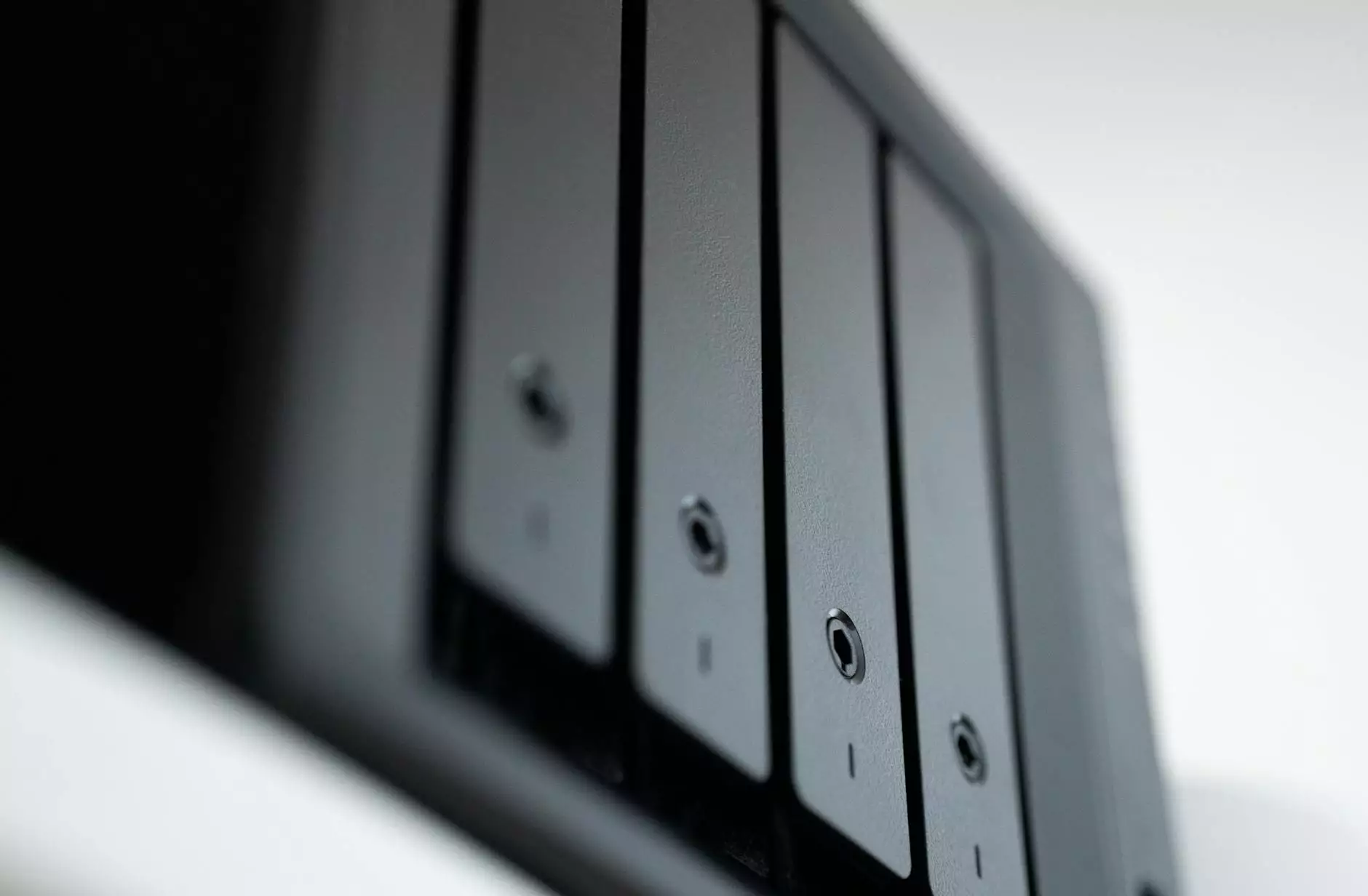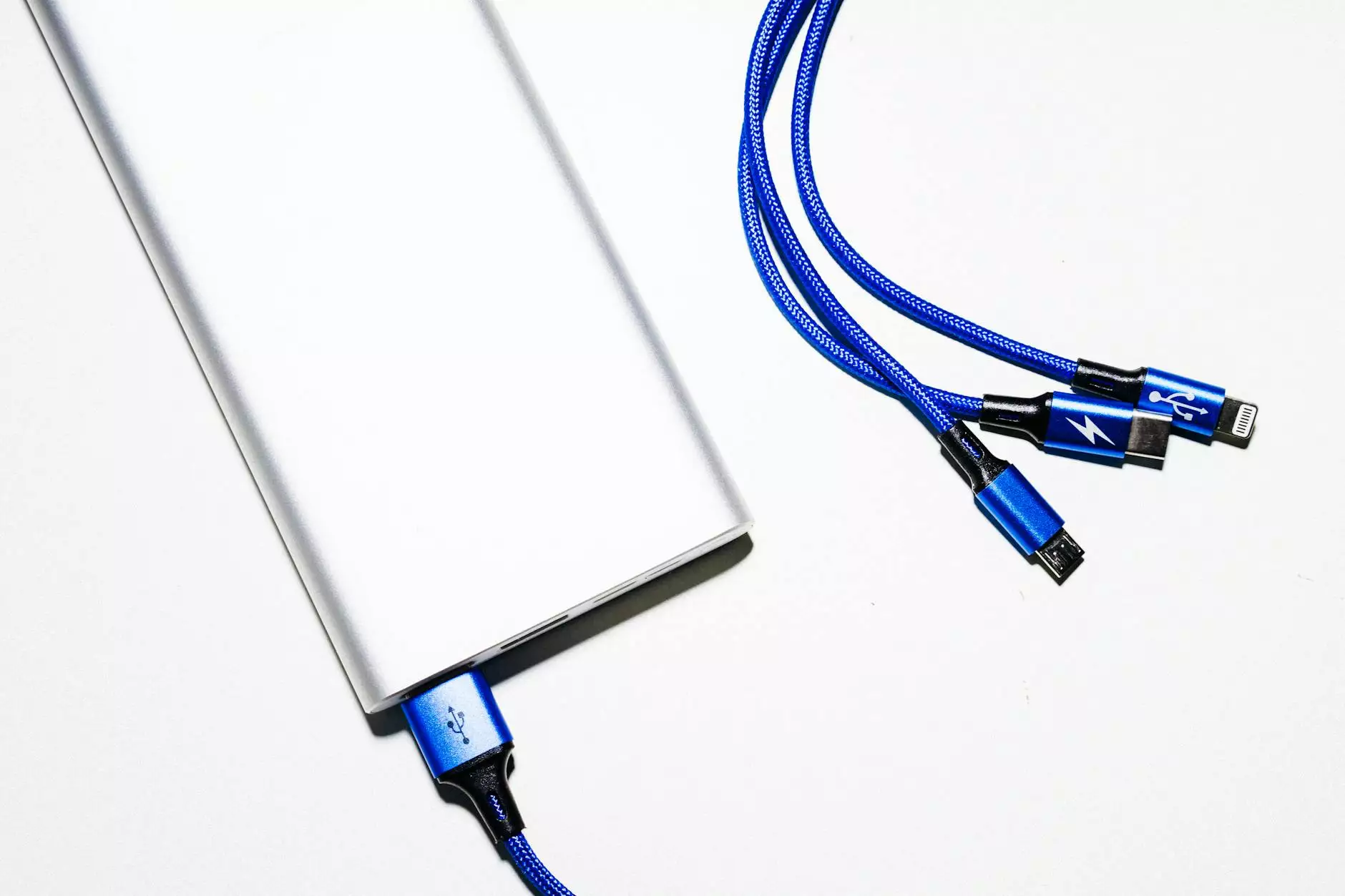The Significance of Different Colors in USB Ports
Marketing
As a leading digital marketing company in the business and consumer services industry, Magna Social Media understands the importance of staying updated with the latest technologies and innovations. In this comprehensive guide, we delve into the world of USB ports and explore the meanings behind the various colors they come in – black, blue, green, orange, and red. By understanding the significance of these colors, you can make informed decisions about your devices and peripherals.
Black USB Port
The black USB port is one of the most common colors found on devices. It is often used for USB 2.0 ports, which are prevalent on many computers and peripherals. Black USB ports are known for their compatibility with a wide range of devices and are suitable for most standard data transfer needs.
Blue USB Port
The blue USB port is typically associated with USB 3.x technology, offering faster data transfer speeds compared to USB 2.0. It is important to note that not all blue USB ports are USB 3.0; you need to check the specifications of your device to confirm the exact version. The blue color signifies the higher speed capabilities of the port.
Some users might encounter light blue USB ports, which can be confusing. Light blue ports are also indicative of USB 3.0 technology and offer the same enhanced performance as the standard blue ports.
Green USB Port
Green USB ports are less common but can be found on certain devices. The green color usually signifies special features or functionalities specific to that port. It's important to refer to the device manual or specifications to understand the exact purpose of a green USB port.
Orange USB Port
Orange USB ports are relatively rare and are sometimes used to indicate specialized ports on devices. The orange color may denote unique capabilities, such as fast charging or data transfer protocols. These ports are usually found on high-end or specialized equipment.
Red USB Port
The red USB port is another color that can be seen on various devices, especially on motherboards. Red ports are often associated with high-speed data transfer or power delivery functionalities. Understanding the role of a red USB port can help you optimize the use of your devices.
USB Port Colors and Versions
It's essential to know the differences between USB 1.0, USB 2.0, and USB 3.0 ports to fully leverage their capabilities. USB 1.0 ports are typically slower and less common nowadays, while USB 2.0 is ubiquitous for standard data transfer needs. USB 3.0 ports, denoted by blue or light blue colors, offer enhanced speeds and efficiency.
When dealing with devices featuring different colored USB ports, it's crucial to refer to the product documentation for specific details. Each color represents a specific functionality or capability, ensuring compatibility and optimal performance.
Conclusion
Understanding the colors of USB ports can help you make informed decisions about your devices and accessories. By recognizing the significance of each color – black, blue, green, orange, and red – you can optimize your setup for enhanced performance and functionality. Stay updated with the latest USB technologies and leverage the power of different-colored ports for a seamless user experience.



